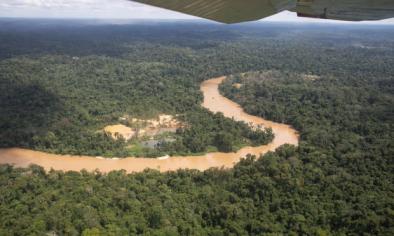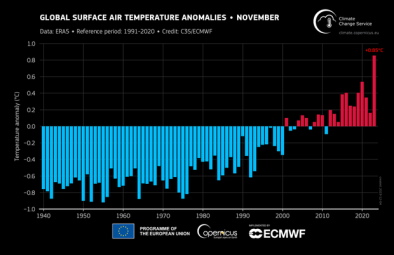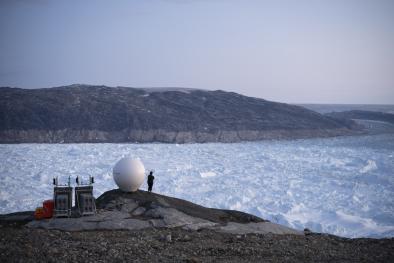Science Source
Anthropogenic and natural warming inferred from changes in Earth’s energy balance
- States that the formal detection of climate warming and its attribution to human influence has so far relied mostly on the difference between spatio-temporal warming patterns of natural and anthropogenic origin
- Presents an alternative attribution method that relies on the principle of conservation of energy, without assumptions about spatial warming patterns
- Demonstrates that known changes in the global energy balance and in radiative forcing tightly constrain the magnitude of anthropogenic warming
- Finds that since the mid-twentieth century, greenhouse gases contributed 0.85 °C of warming (5–95% uncertainty: 0.6–1.1 °C), about half of which was offset by the cooling effects of aerosols, with a total observed change in global temperature of about 0.56 °C
- States that the observed trends are extremely unlikely (<5%) to be caused by internal variability, even if current models were found to strongly underestimate it
- Concludes that this method is complementary to optimal fingerprinting attribution and produces fully consistent results, thus suggesting an even higher confidence that human-induced causes dominate the observed warming
Related Content
Headline

Feb 15, 2024 | Climate Nexus Hot News
Amazon Could Reach Tipping Point By Midcentury
Headline

Jan 16, 2024 | Climate Nexus Hot News
2023 Smashes Hottest Year Record
Headline

Dec 7, 2023 | Climate Nexus Hot News
It’s Official - 2023 Is World's The Hottest Year On Record
Headline

Dec 7, 2023 | Climate Nexus Hot News
Earth Veering Closer To Dangerous Tipping Points


